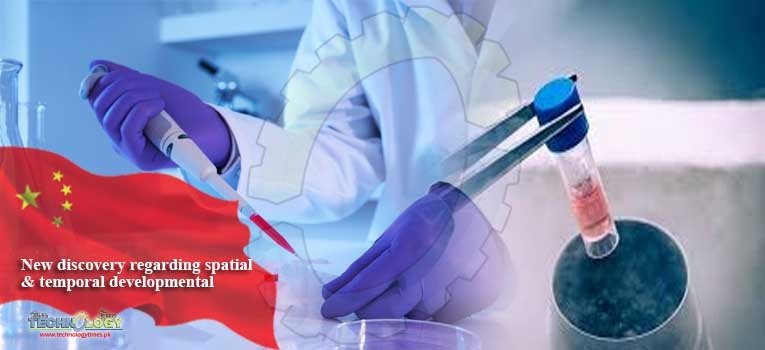Shanghai scientists have made new discoveries regarding the spatial and temporal developmental trajectory of cells in early embryos, paving ways for more efficient methods to obtain stem cells for certain human organs.
 This may in turn promote the development of stem cell-related regenerative medicine.
This may in turn promote the development of stem cell-related regenerative medicine.
Stem cell-related therapies, which are mainly targeted at diseases, including those in the immune and nervous systems of which no drugs are available so far, have been publicly recognized to bring prospective medical breakthroughs in the next one or two decades.
However, several factors, including low efficiency in cell differentiation, a shortage of functional cells, immaturity of differentiated cells and low purity of cells hinder the application of stem cells. The unsolved mysteries underlying the lineage regarding stem cells in the early stage of life may be the root cause, experts said.
A research group consisting of scientists from the Shanghai Institute of Biochemistry and Cell Biology, CAS-MPG Partner Institute for Computational Biology and Guangzhou Institutes of Biomedicine and Health, all of which are affiliated with the Chinese Academy of Sciences, conducted a comprehensive analysis with high-resolution spatial and temporal information retained on the developmental stages of early mouse embryo.
The study established a three-dimensional molecular map for the expressed genes in the early embryos, providing a paradigm for the elucidation of lineage trajectory in primary germ layers and hence enabling the tracking of the “ancestors” of cells in different location.
Within one week, a fertilized egg will develop into a blastula – a hollow sphere of cells – before forming three layers: ectoderm, mesoderm, and entoderm. The ectoderm eventually develops into the body’s nerve system and skin tissues; the mesoderm develops into tissues including heart, blood, muscles and bones; the endoderm develops into organs, such as lung, liver, pancreas and intestines.
“On the basis of our results, we revealed the fine developmental trajectory of progenitor cells that have not been observed by traditional approach. For example, some cells in mesoderm and ectoderm that used to be believed to derive separately may have common progenitors,” said Jing Naihe, a leading researcher on the team.
“Such findings may help scientists develop new methods to obtain stem cells for livers, pancreas and spinal cord, and contribute to related disease researches and stem cell-related regenerative medicine,” he said.
A paper about the study was published on the website of the United Kingdom-based journal Nature